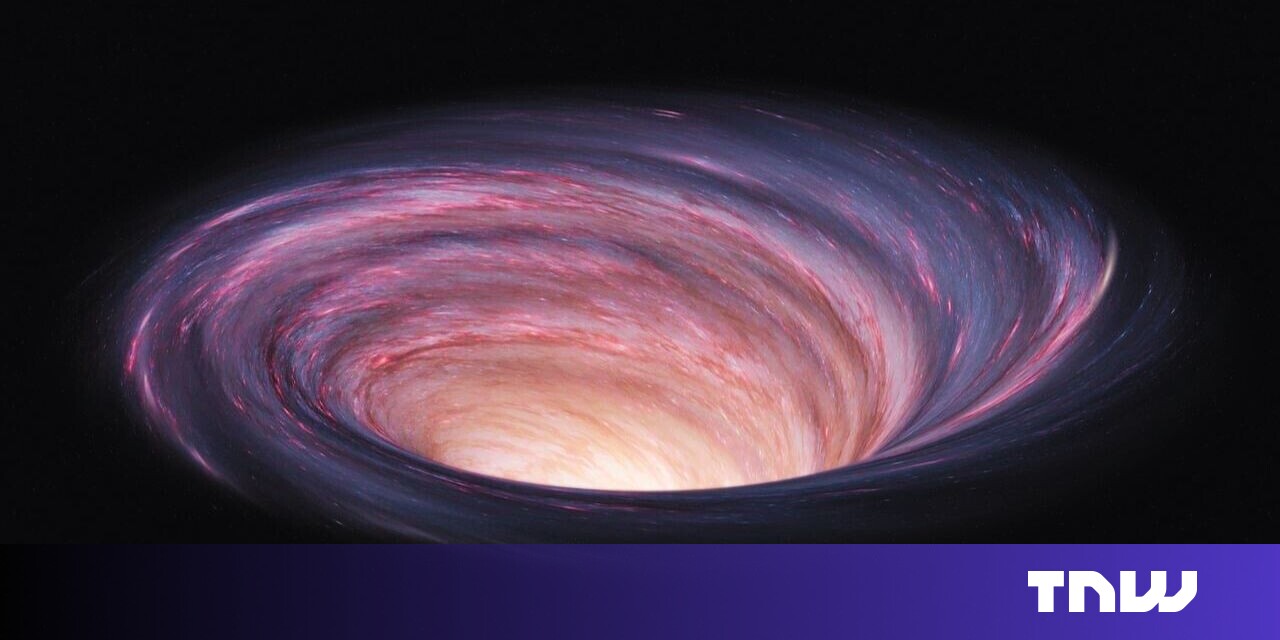
The Netherlands Organisation for Applied Scientific Research (TNO) has been granted €1.39mn to finish development of its high-precision laser targeting mechanism. This will support one of ESA’s most ambitious missions: tracing and studying black holes with the aim of unraveling the history of the universe — humanity’s most challenging puzzle.
Specifically, ESA’s so-called LISA will be the first space-based observatory designed to study gravitational waves. These are ripples in the space-time continuum that occur during the most powerful cosmic events, such as pairs of supermassive black holes merging or colliding.
In recent years, Earth-based observatories have been able to detect only low-frequency gravitational waves. But mergers of supermassive black holes, events that happened right after the Big Bang, and neutron stars spiraling into black holes in between galaxies all generate extremely high-frequency gravitational waves. These waves are also so long that can only be detected by space-based observatories spanning millions of kilometres.
LISA will sit in a heliocentric orbit at a whopping 50 million kilometres away from Earth. It will consist of three individual spacecraft, with a distance of about 2.5 million kilometres between each other. To put this into perspective, the distance between our planet and the Moon is 385,000km.


The positioning of the three space vehicles will be calculated using laser interferometry, which is critical to measuring tiny variations caused by passing gravitational waves. For this reason, each craft will feature its own laser — and this is where TNO’s laser targeting technology comes in.
Take part in the Financial Times & TNW Health Technology Summit on 30 November.
Join leaders from NHS England, Bayer Cosumer Health, LSE, Cancer Research UK and more online.
The organisation’s mechanism, called PAAM (Point Ahead Angle Mechanism) is designed to ensure that the three laser beams are accurately tuned, or simply put, that the light arrives in exactly the right place despite the distance of 2.5 million kilometres.


The €1.39mn funding — backed by the Netherlands Space Office (NSO) — will enable TNO to test the radiation and vibration levels of the prototype to ensure that it can withstand the launch and challenging conditions in space. This also involves collaboration with research organisation SRON (Netherlands Institute for Space Research) on the mechanism’s electronics.
“Continued Dutch commitment to LISA secures valuable data access for scientists and contributes to our understanding of the universe,” said Kees Buijsrogge, director of TNO Space. “At the same time this bolsters our global leadership in precision optics innovation which benefits the technological and economical position of the Netherlands.”
In time, the PAAM will be transferred to the LISA consortium for integration into the test model. ESA’s mission is expected to take off in the mid-2030s — and if successful, it could unveil the making of the early universe and shed further light on our own place in the cosmos.






